Ironed and ‘de-stressed’
AFI (Audio Fidelity Improvement) and HiFi-Studio Wittmann present the FLAT.DUO, a groundbreaking innovation in the world of record care. As the second product in our range of record flattener/relaxers, the FLAT.DUO combines state-of-the-art technology with efficient design. Through the revolutionary use of EPP (Expanded Polypropylene) for the housing construction, we achieve a level of energy efficiency previously thought impossible and at the same time reduce the ecological footprint.
DUO stands for two records and two treatment methods
The name “DUO” in the FLAT.DUO stands for its duality in function and efficiency: the simultaneous treatment of two records and two types of treatment – flattening and relaxing. On the one hand, this saves a considerable amount of time and, on the other, improves the sound quality.
Flattening with reduced treatment time
The FLAT.DUO’s integrated fan enables two records to be smoothed simultaneously in just 1.75 hours – a significant time saving compared to the four-hour treatment time of conventional models. The fan can be regulated in three stages or can be deactivated.
Heating-press module
The innovative heat-press module of the FLAT.DUO record flattener enables two records to be flattened at the same time by stacking them in a piggyback or sandwich process. The sophisticated design of this module ensures even heat distribution and pressure, which is crucial for optimum results in the flattening process.
Torque knurled handle
The torque knurled handle plays a crucial role in the heat-press module of the FLAT.DUO record flattener. It ensures that the individual components of the module and the records are held together securely and pressed with exactly the right pressure. This is essential for the uniformity and high quality of the flattening process.
EPP – a material revolutionizes the industry
Expanded polypropylene (EPP) is a material that is ideal for use in record flatteners/relaxers and marks a revolutionary step in equipment design. The EPP we use consists of 92% air and 8% polypropylene. Its high heat resistance and excellent thermal insulation make the material ideal for use in temperature-controlled processes.
Passive tempering/relaxing with EPP
For the first time, the use of EPP as an enclosure material makes passive tempering of vinyl records possible. The slower and more evenly the temperature drops at the end of the process, the better the tempering process and thus the sound improvement. Thanks to the excellent insulating properties of EPP, simply switching off the heating voltage is enough to achieve a perfect, ideally decreasing temperature curve. There is no need for reheating to extend the cooling phase.
Improved energy efficiency thanks to EPP
The FLAT.DUO only requires a connected load of 30 watts compared to 90 watts for the previous flat.2 model.
Complex housing design with EPP
EPP makes it possible to create complex enclosure designs that would otherwise be difficult to manufacture thanks to mold-based production. The durability of EPP leads to an extended product life.
Ecological and sustainable
EPP is environmentally friendly and recyclable, which means that the FLAT.DUO leaves only a small ecological footprint. Its use in the FLAT.DUO is an example of responsible innovation.
Made in Germany
With the FLAT.DUO, developed, designed and manufactured in Germany, we are continuing our tradition of innovation. Through continuous improvement and the incorporation of customer feedback, we combine proven technologies with new, innovative and smart solutions.
Audio Fidelity Improvement & HiFi-Studio Wittmann, the discoverers of the sound improvement of vinyl records by means of thermal relaxation, also known as tempering.
The record flattener
The idea and the technical know-how for the record flattener came from Dr. Ullrich Kathe – a passionate hi-fi fan, analog lover and long-time customer of HiFi Studio Wittmann. One day, Ulli Kathe brought his vision of a record flattener into the studio, motivated by the knowledge that wavy records directly influence the essential settings of a high-quality pickup, such as the horizontal alignment of the turntable, tracking force, VTA, azimuth and anti-skating. Depending on the shaft position, the needle dips to different depths, which changes the previously carefully set parameters during scanning. Oliver Wittmann, the owner of the studio, was immediately enthusiastic about the idea. He offered to take care of marketing and sales as well as the sonic evaluation of the flattening processes. That was the start of the joint project: ‘The record flattener’, Made in Germany.
The development
During the two years of development, we experimented, tinkered and ironed with passion. Countless test records were put through processes with different temperatures and varying warm-up, holding and cooling times. Oliver Wittmann regularly checked the sound of the ironing results on his reference system. It was of central importance not only to achieve a perfectly flat record, but also to ensure that the sound quality remained undiminished. It was during this research process that the decisive “aha” moment occurred: “Wait a minute, that sounds better than before!” This is how the innovative idea of tempering vinyl records was born. Another year of development work was devoted to determining the optimum temperature curves and holding times. The goal: to achieve the best possible tempering of vinyl records and thus maximum sound improvement.
The start in 2016
In 2016, the time had finally come: the world’s first record flattener, the AFI flat, with a special tempering/relaxation program to improve the sound of vinyl records was launched on the market.
What is tempering?
Tempering, a form of heat treatment, has been used in the industry for a long time. The basic principles of tempering were already known in ancient times, particularly in the processing of metals. However, the systematic application of these techniques in modern industry only began with the industrial revolution in the late 18th and early 19th centuries. For example, the tempering of steel was a decisive step in the production of high-quality tools and components. The industrial application of tempering to materials such as glass and plastics started in the 20th century, aided by improved chemical and physical knowledge and new manufacturing methods.
Why should you temper a record?
Records are pressed at around 150 degrees Celsius, with the pressing process taking around 30 seconds. After a short cooling phase, during which the matrices are cooled with water, the record is removed and stacked on a spindle, weighted down with metal plates, for further cooling. Due to the uneven and rapid cooling – much faster on the outside than on the inside – and the toughness of the material, the long molecular chains of PVC and polyvinyl acetate have little chance of aligning themselves in a relaxed manner. This production method leads to material stresses that are “frozen” in the material and are audible.
What happens during tempering?
During tempering, the vinyl record is slowly and evenly heated up to plateau temperature, held at this temperature for a while and then cooled down very slowly and in a controlled manner – a process that can take up to four hours. Slow and even cooling is more important than heating. This allows the molecules to align themselves naturally and without stress. This process significantly reduces tension, making the material harder, more robust and more homogeneous.
Wees de eerste om “Audio Fidelity Improvement
Flat. Duo
Record Flattener / Relaxer” te beoordelen Reactie annuleren
Gerelateerde producten
Incl. 21 % TAX € 985.00
Incl. 21 % TAX € 1,899.00




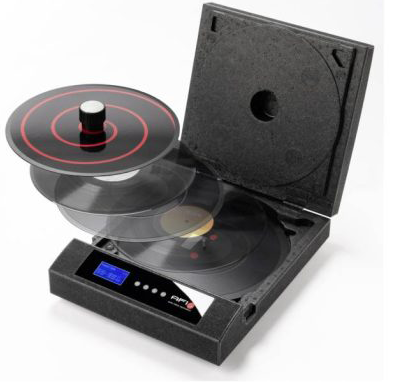
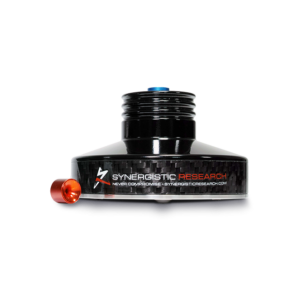
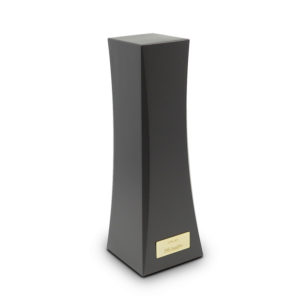
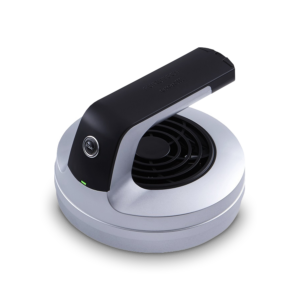
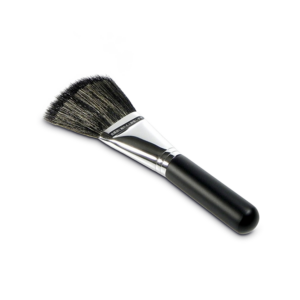
Beoordelingen
Er zijn nog geen beoordelingen.